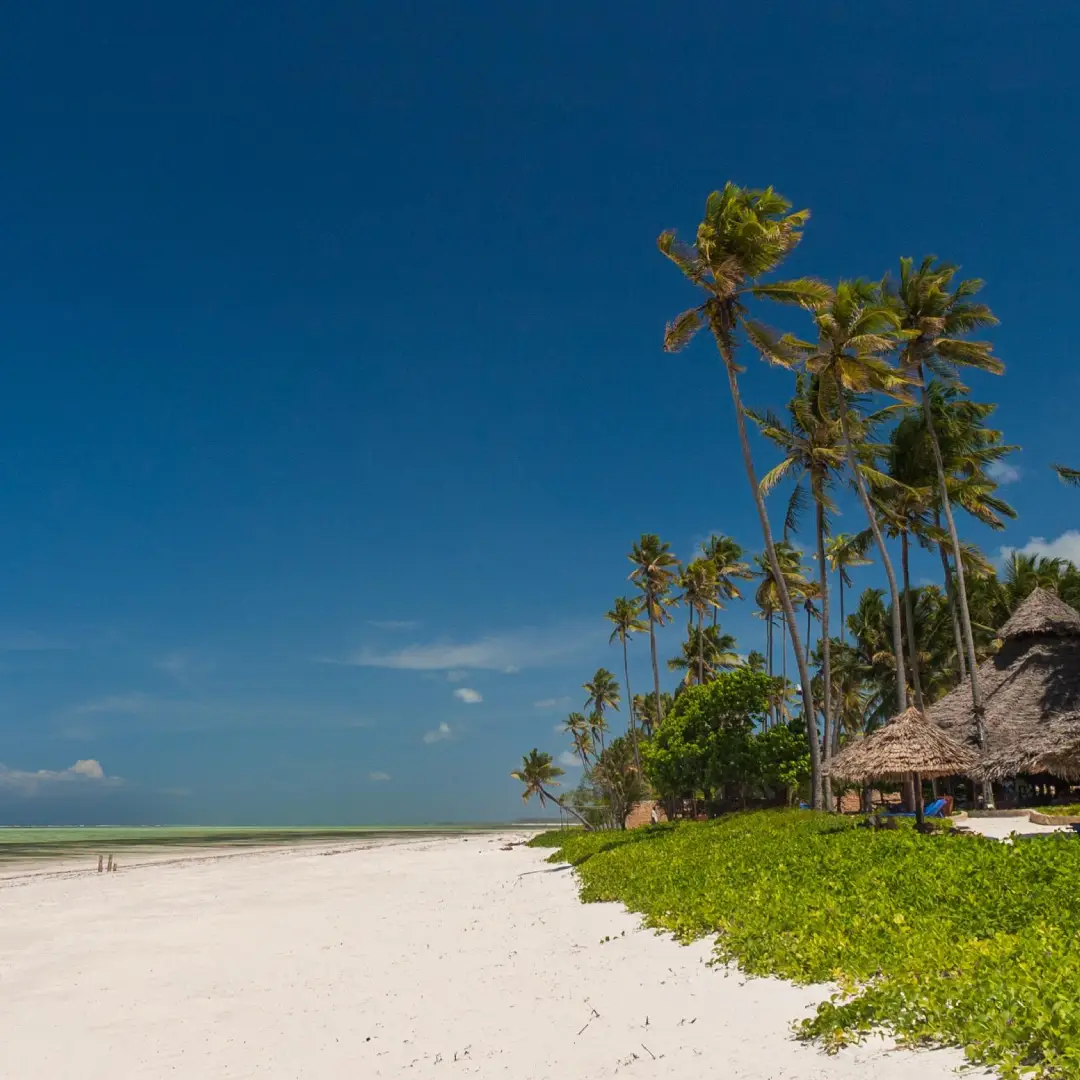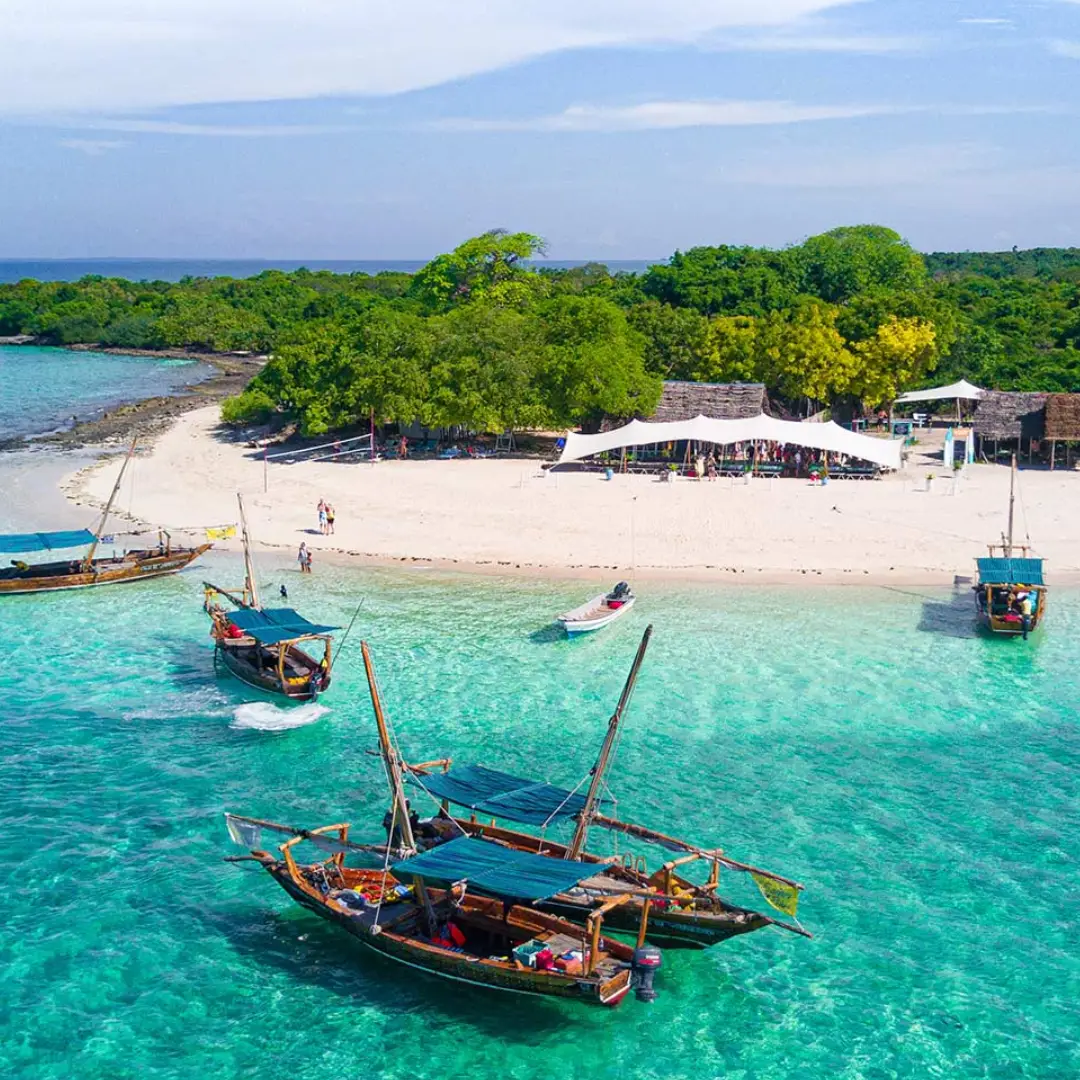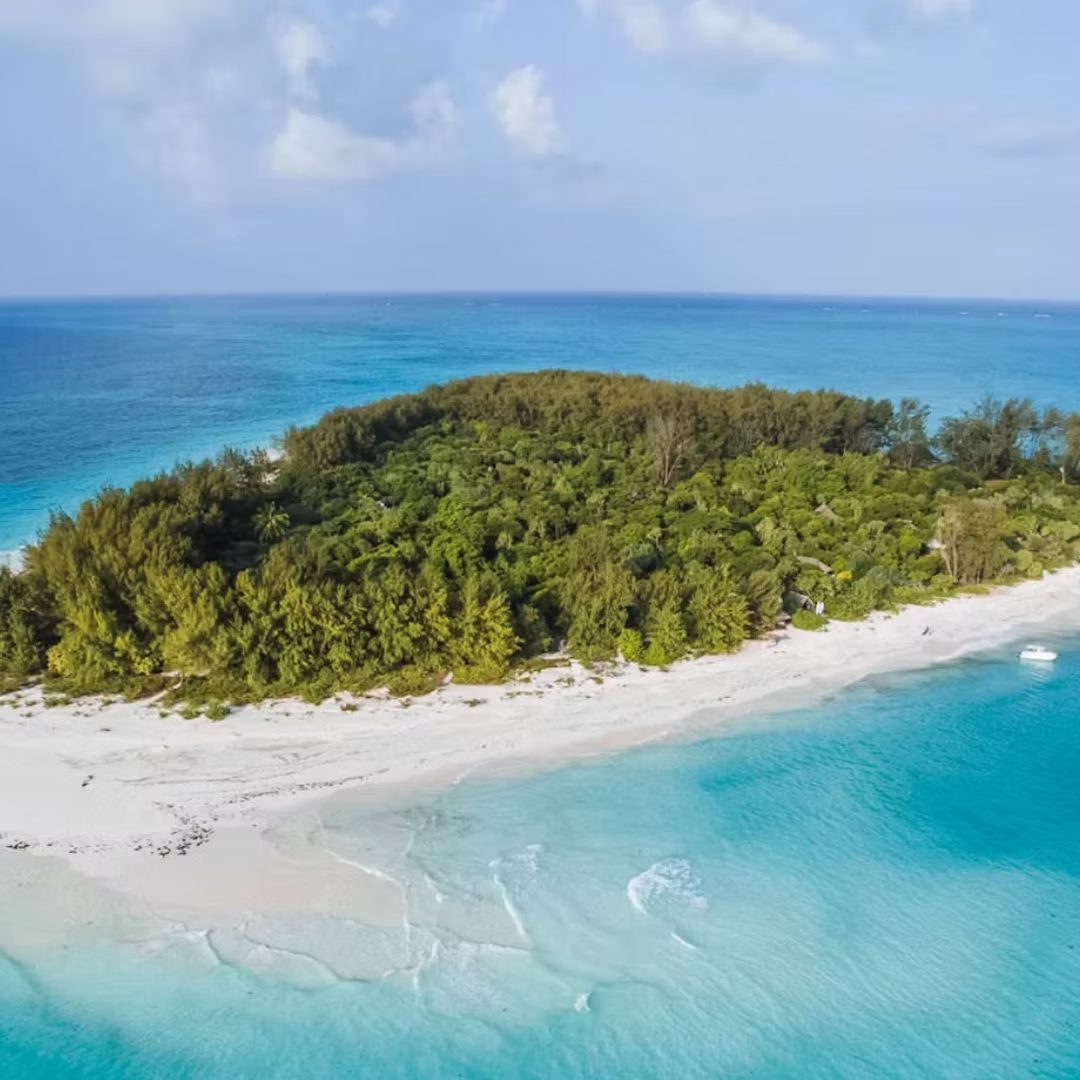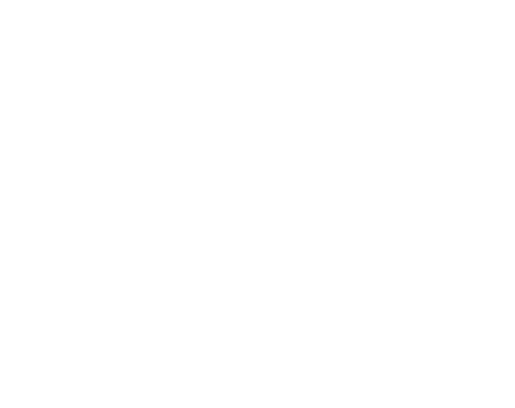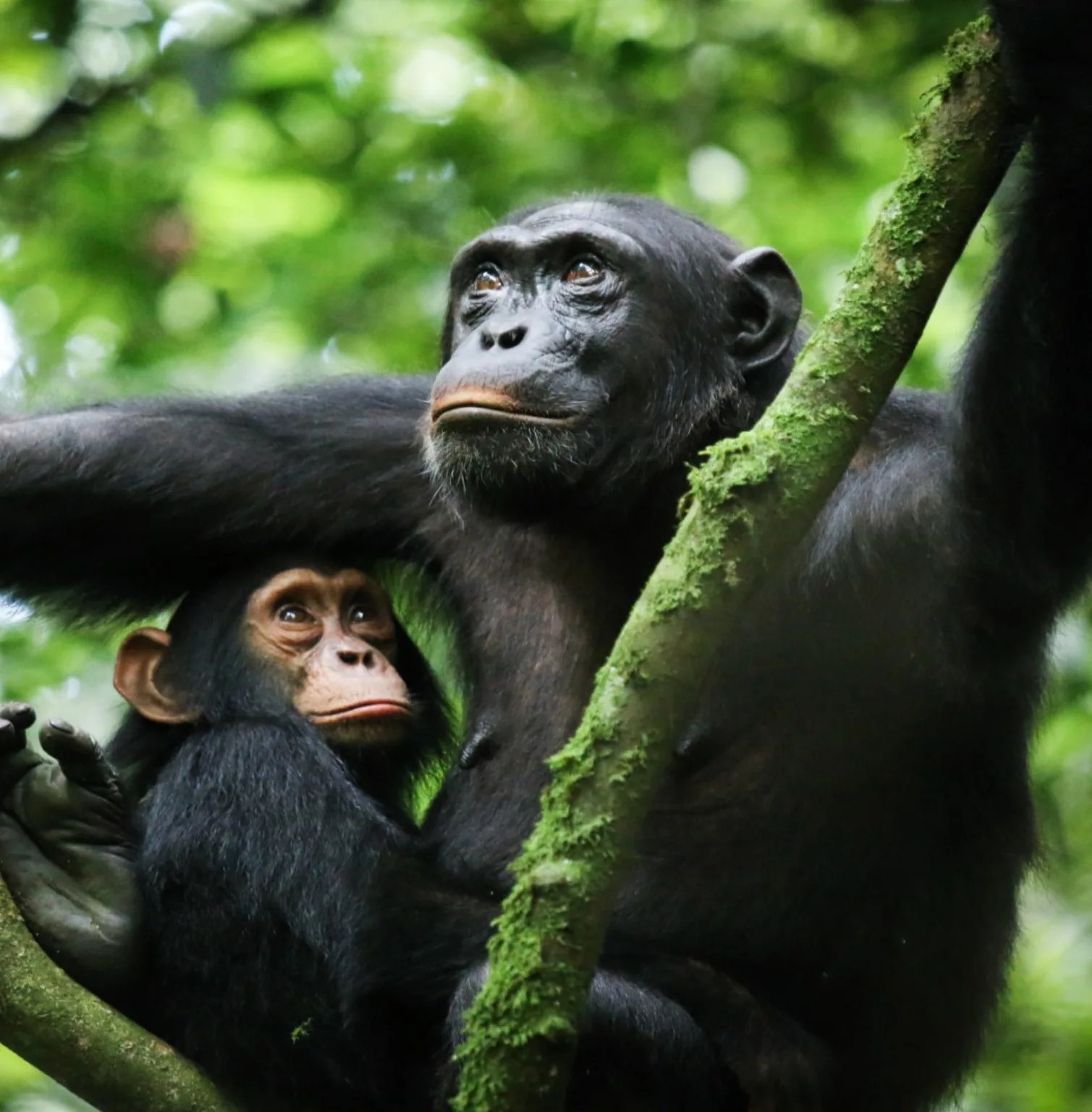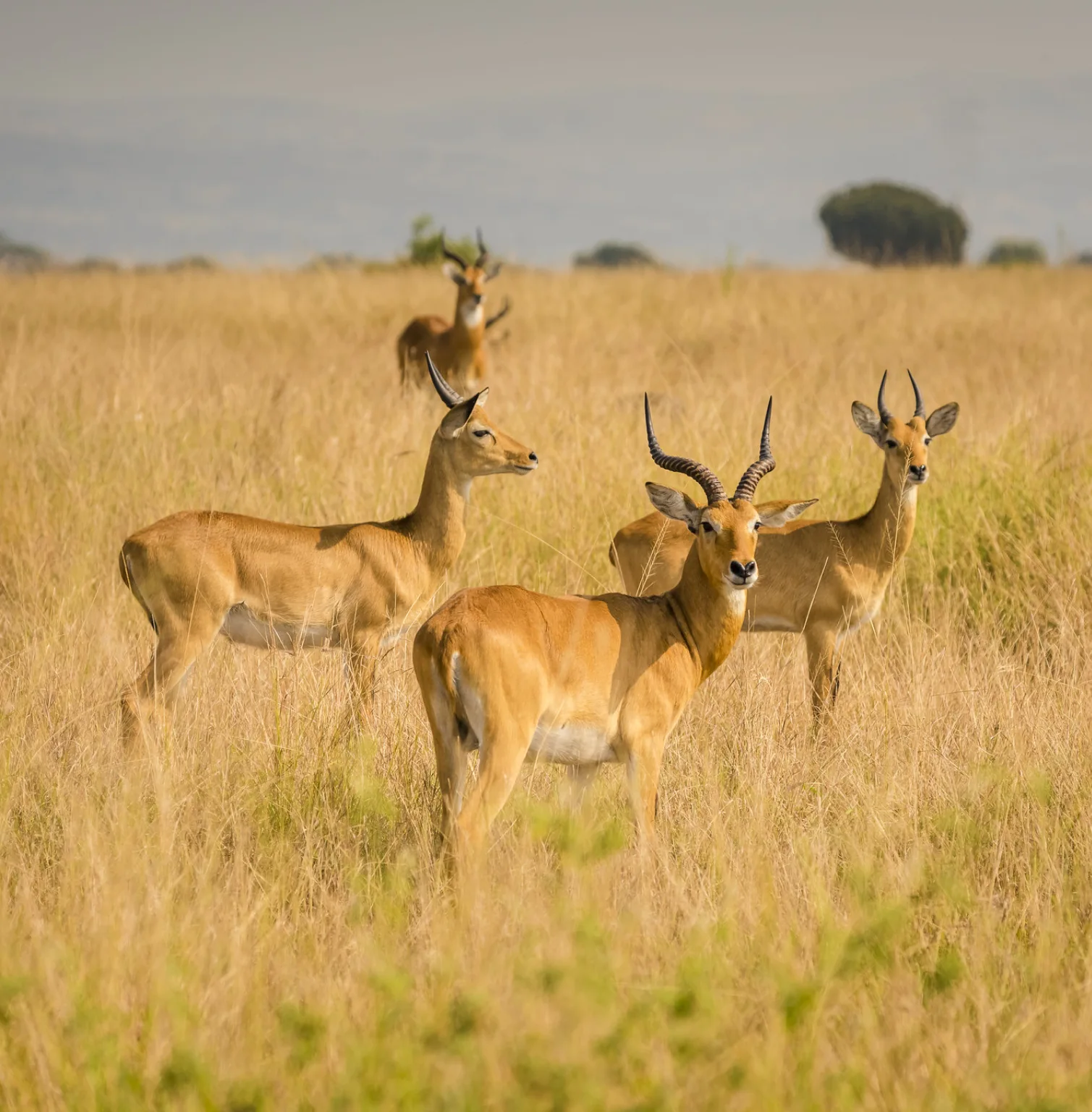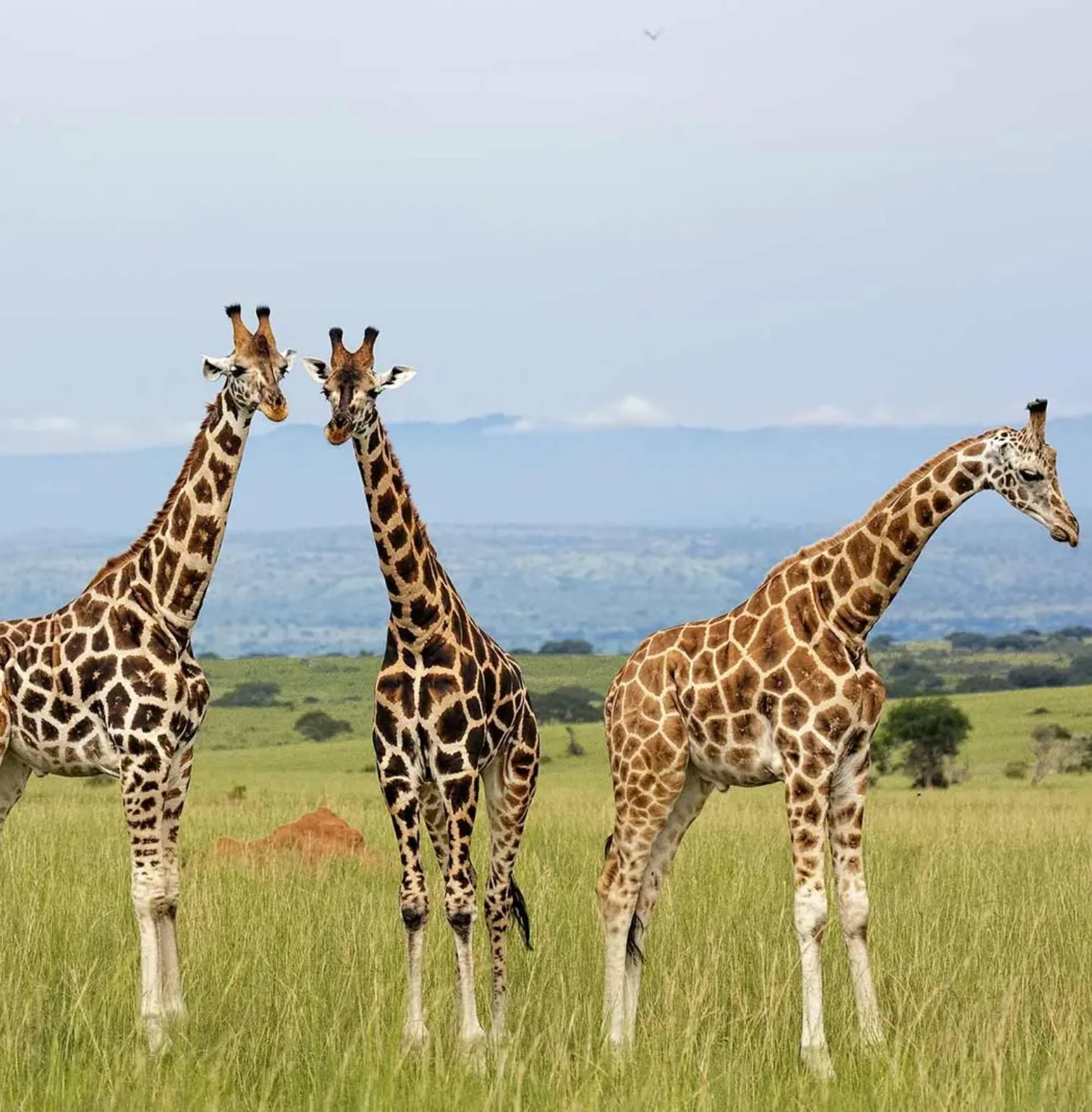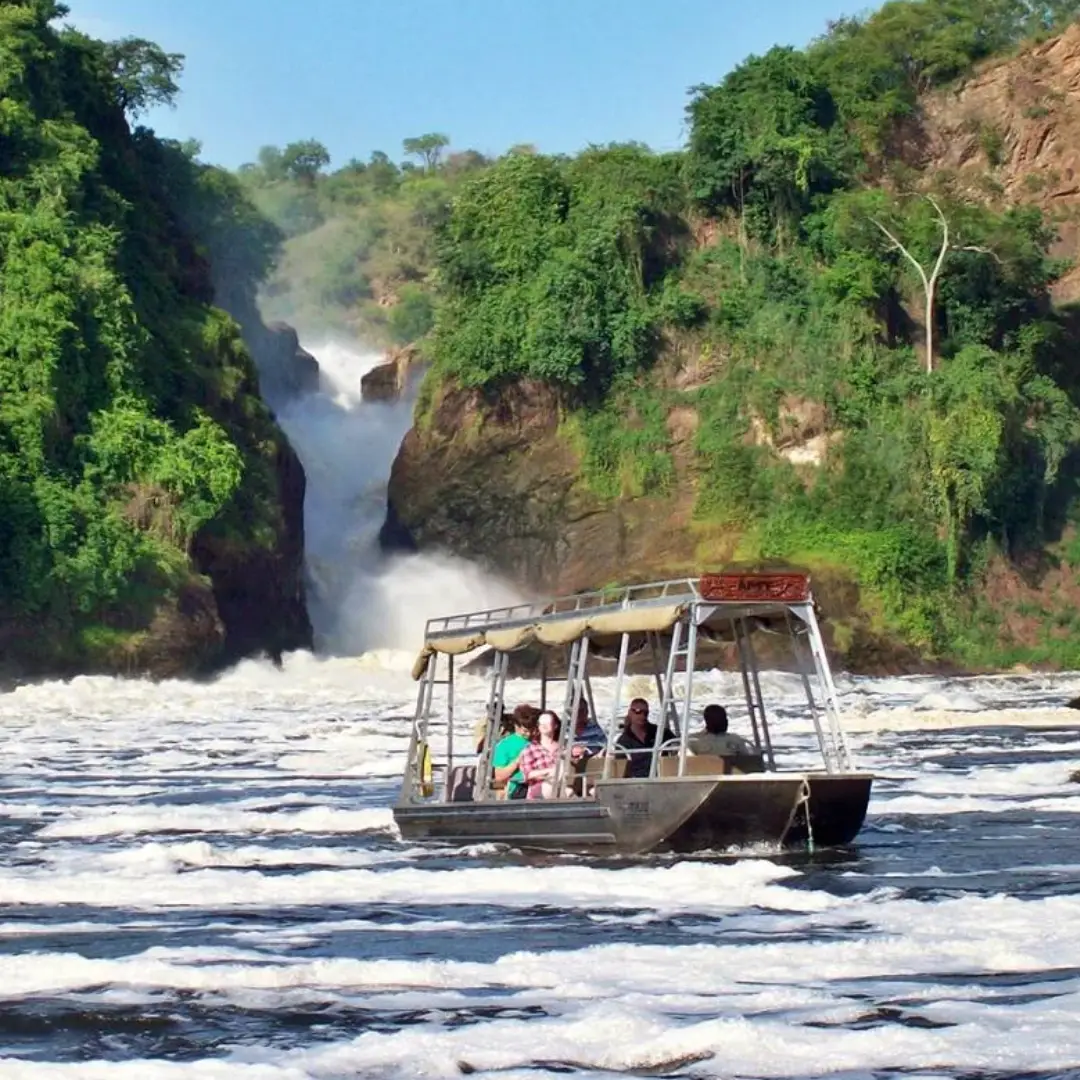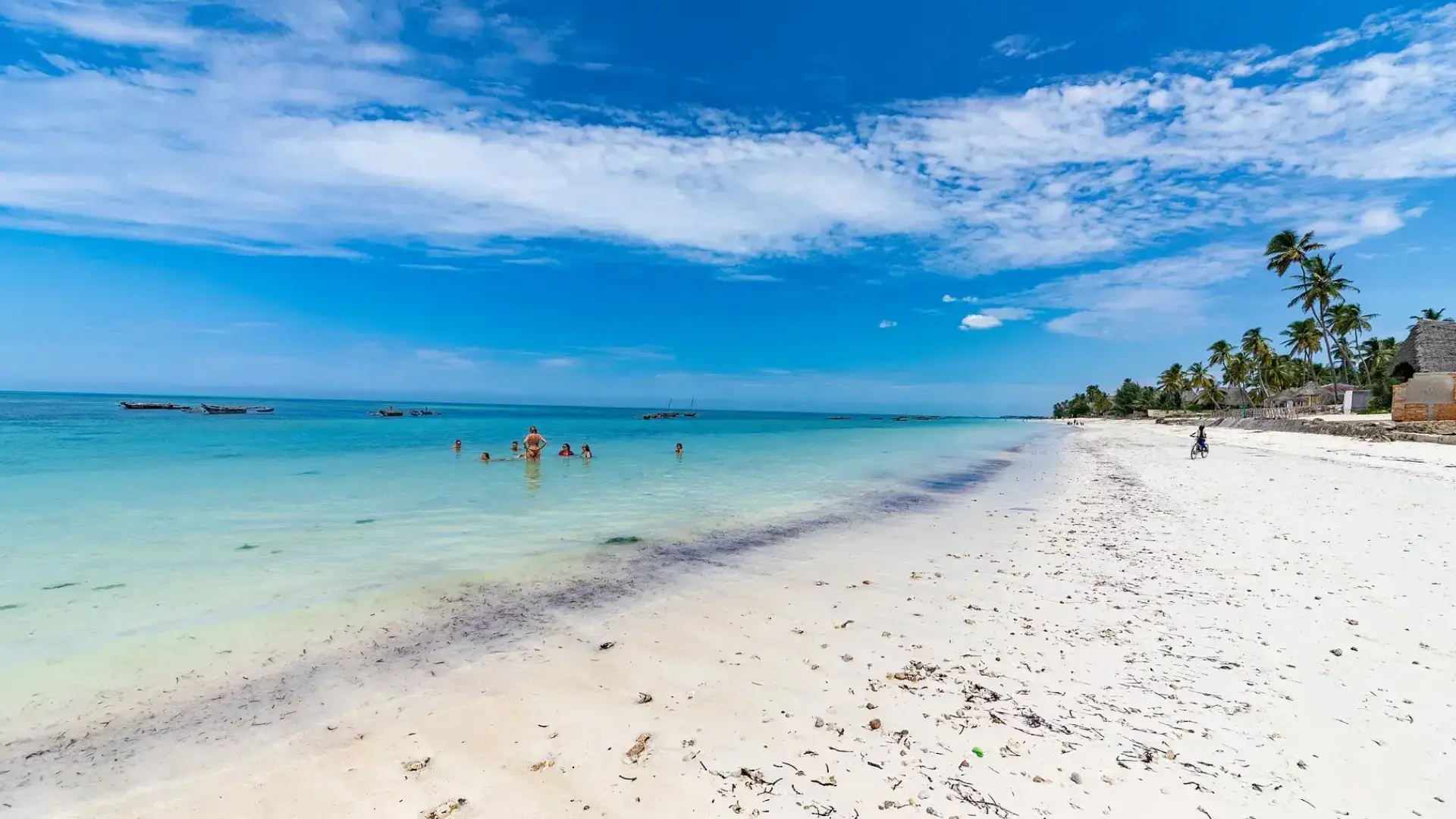Rwenzori Mountains
Rwenzori Mountains National Park, often called the “Mountains of the Moon,” is a breathtaking wilderness in western Uganda along the Congo border. Unlike volcanic peaks, these mountains formed through tectonic movements, creating glacial summits, alpine meadows, and lush forests.
Towering at 5,109 meters, the park’s highest point, Margherita Peak, challenges even seasoned climbers. Trekking through the park unveils giant lobelias, glaciers, waterfalls, and rare wildlife like Rwenzori turacos and three-horned chameleons.
With over 217 bird species, pristine lakes, and cultural encounters with the Bakonzo people, this park is a paradise for hikers, nature lovers, and explorers.
Best Time to Visit
The best time to visit is during the dry seasons, from December to February and June to August. These months bring clearer skies, making hiking and climbing easier. The wet seasons (March to May and September to November) bring heavy rains, which can make trails slippery and river crossings more challenging.
However, the lush scenery during the rains is breathtaking. Those aiming to conquer Margherita Peak should plan for dry months to avoid dangerous conditions on the glaciers.
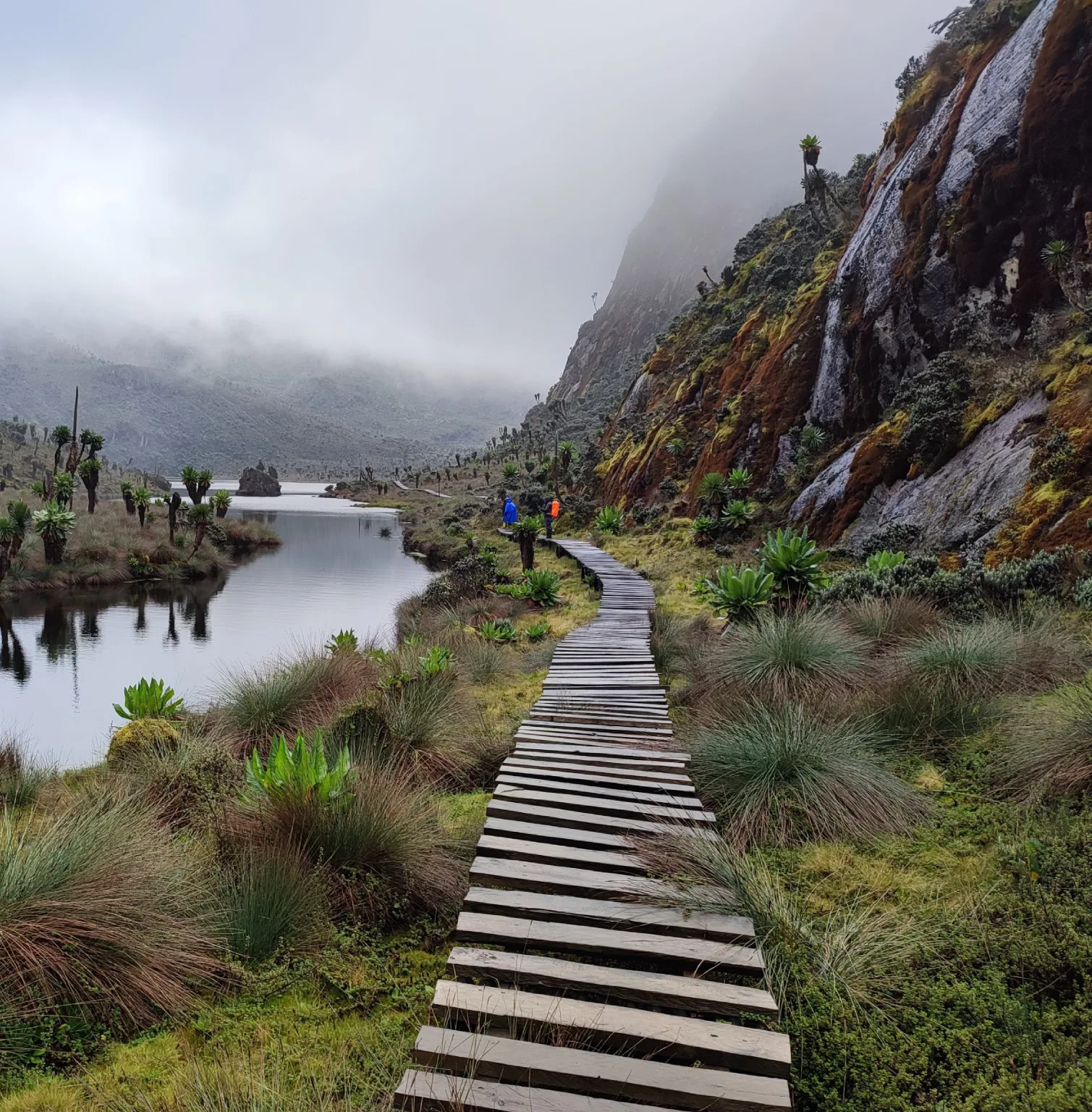
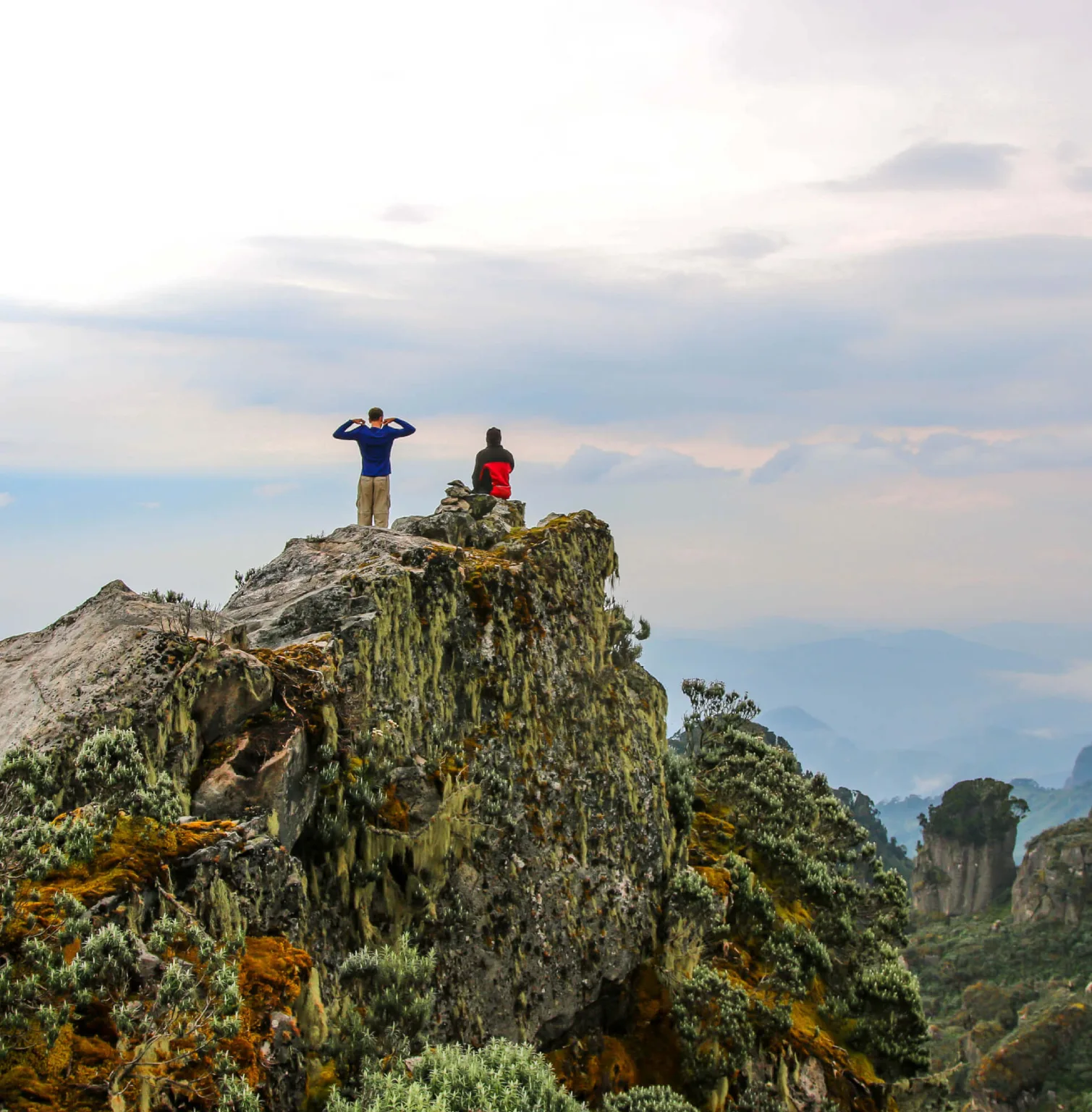
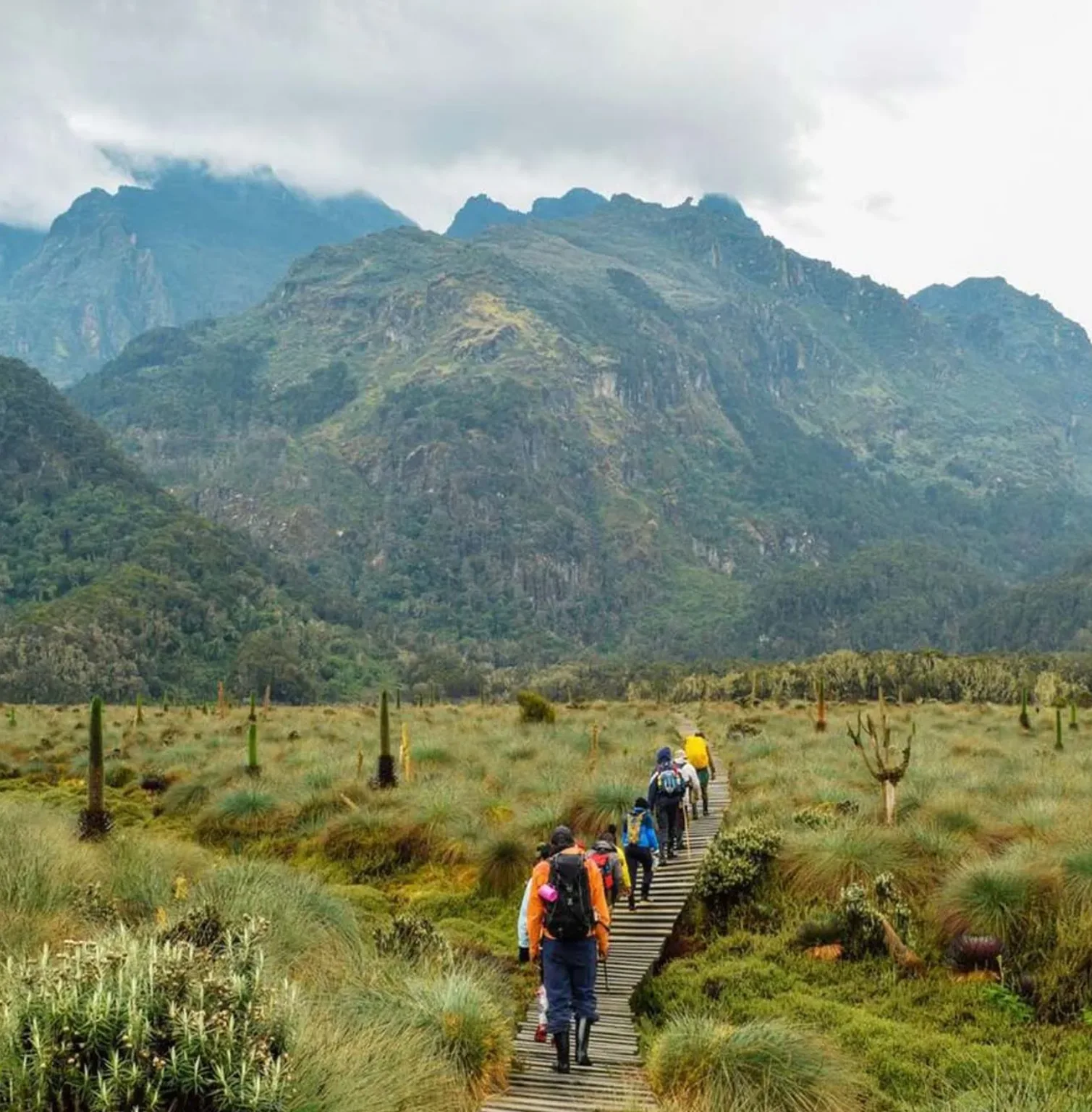
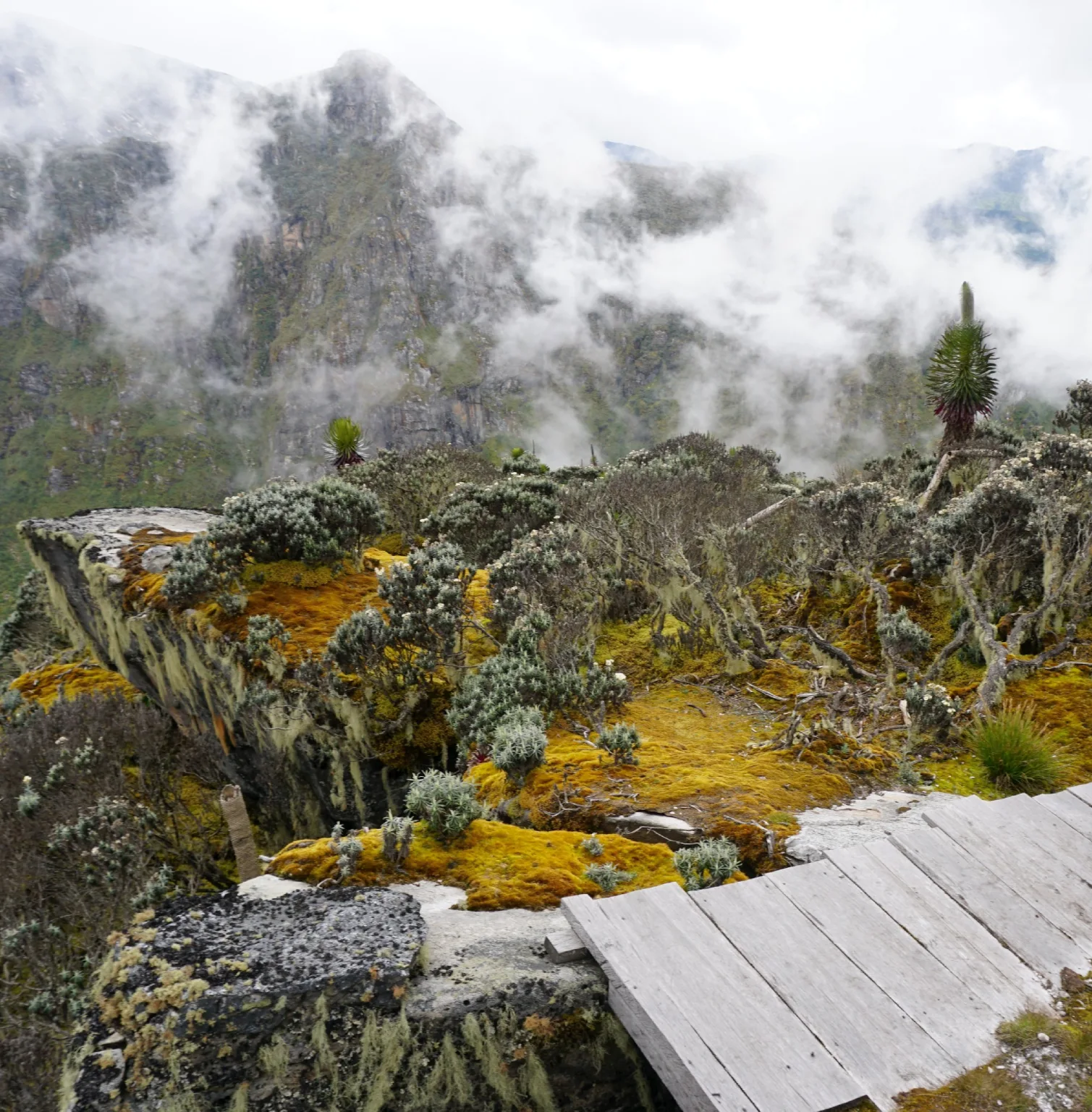
Things to Do in Rwenzori Mountains National Park
Rwenzori is a land of adventure, where misty forests, hidden lakes, and ancient glaciers create a world unlike any other.
Summit Margherita Peak
At 5,109 meters, these snow-capped peak challenges experienced climbers with its rocky ascents, icy slopes, and breathtaking glacial views. Reaching the top is a test of endurance and skill.
Trek the Central Circuit
This seven-day hike winds through bamboo forests, alpine meadows, and glacial valleys, revealing the park’s rich plant life, unique rock formations, and dramatic landscapes along the way.
Explore Hidden Lakes
Over 20 scenic lakes dot the park, including Lake Bujuku, surrounded by towering peaks, and Lake Mahoma, home to abundant birdlife and colourful vegetation.
Birdwatching Paradise
Spot over 217 bird species, including the rare Rwenzori turaco, blue-headed sunbird, and barred cuckoo. The park’s forests are alive with chirping melodies and flashes of vibrant feathers.
Meet the Bakonzo People
Experience the Bakonzo culture through music, storytelling, and traditional dances. Visit local communities and learn about their deep connection to these mountains.
Discover the Flora Wonderland
Walk among giant lobelias, groundsel, and heather forests, unique to high-altitude African landscapes. These surreal plants thrive in the misty, cool environment.
Hike the Kilembe Trail
This less-travelled multi-day trek takes you through lush valleys, waterfalls, and glacial streams, revealing untouched parts of the Rwenzori wilderness.
Visit the Ruboni Community
This village at the Rwenzori foothills is a great starting point for hikes. Enjoy local crafts, traditional meals, and guided nature walks through surrounding forests.
Step Up, Breathe Deep, Conquer the Heights!
Snowy peaks, misty trails, and hidden lakes—Rwenzori is a trekker’s dream! Push beyond the ordinary and walk through landscapes shaped by time, adventure, and nature’s raw beauty.
Rwenzori Mountains FAQs
How difficult is climbing the Rwenzori Mountains?
Climbing the Rwenzori Mountains is challenging and requires good physical fitness. Trails pass through steep terrain, muddy valleys, and glaciers, making it harder than climbing Kilimanjaro. The highest peak, Margherita (5,109m), involves technical climbing with ice and rocks. Shorter treks are available for those who prefer easier hikes.
What are the main hiking routes in Rwenzori?
The two main trails are:
- Central Circuit Trail – A 7-day trek covering diverse landscapes and reaching Margherita Peak.
- Kilembe Trail – A longer, scenic route with lakes, waterfalls, and unique vegetation.
Both trails pass through forests, alpine meadows, and glacial zones, offering different experiences for trekkers.
When is the best time to climb Rwenzori?
The best months for climbing are December to February and June to August when the weather is drier and trails are more manageable. March to May and September to November bring heavy rains, making trails muddy and rivers difficult to cross. Climbing during the dry months reduces risks and provides clearer views of the mountains.
How much does it cost to climb Rwenzori?
Climbing costs vary depending on the route and tour package. A 7-day trek costs around $1,200 to $2,500, including guides, porters, park fees, and accommodation. Additional costs include gear rental, permits, and transportation. Technical climbing for Margherita Peak may require extra fees for equipment and experienced guides.
What gear do I need for a Rwenzori trek?
Essential gear includes waterproof hiking boots, warm layers, rain gear, gloves, a sleeping bag, trekking poles, and a headlamp. For Margherita Peak, you’ll need crampons, an ice axe, and climbing harnesses. The weather can change quickly, so proper clothing for cold and wet conditions is important.
How can I prevent altitude sickness while climbing?
To avoid altitude sickness, acclimatize properly, stay hydrated, and climb slowly. The trek allows for gradual elevation gain, but taking rest days helps your body adjust. Avoid alcohol, eat energy-rich foods, and listen to your guide if symptoms like headaches or dizziness appear. If symptoms worsen, descending is the safest option.
Related
uganda
Suggested Packages
Embark on an unforgettable journey with our handpicked Uganda safari packages, designed to bring your African adventure to life. Whether you’re trekking to see the majestic mountain gorillas, cruising along the Nile in Murchison Falls, or exploring the rich culture and diverse wildlife of Queen Elizabeth National Park, we’ll create the perfect safari experience just for you.
Reviews
From lion chases to lazy sunsets, our travelers spill stories that prove East Africa is wilder and warmer than imagined.
4.8
Based on 10+ reviews
